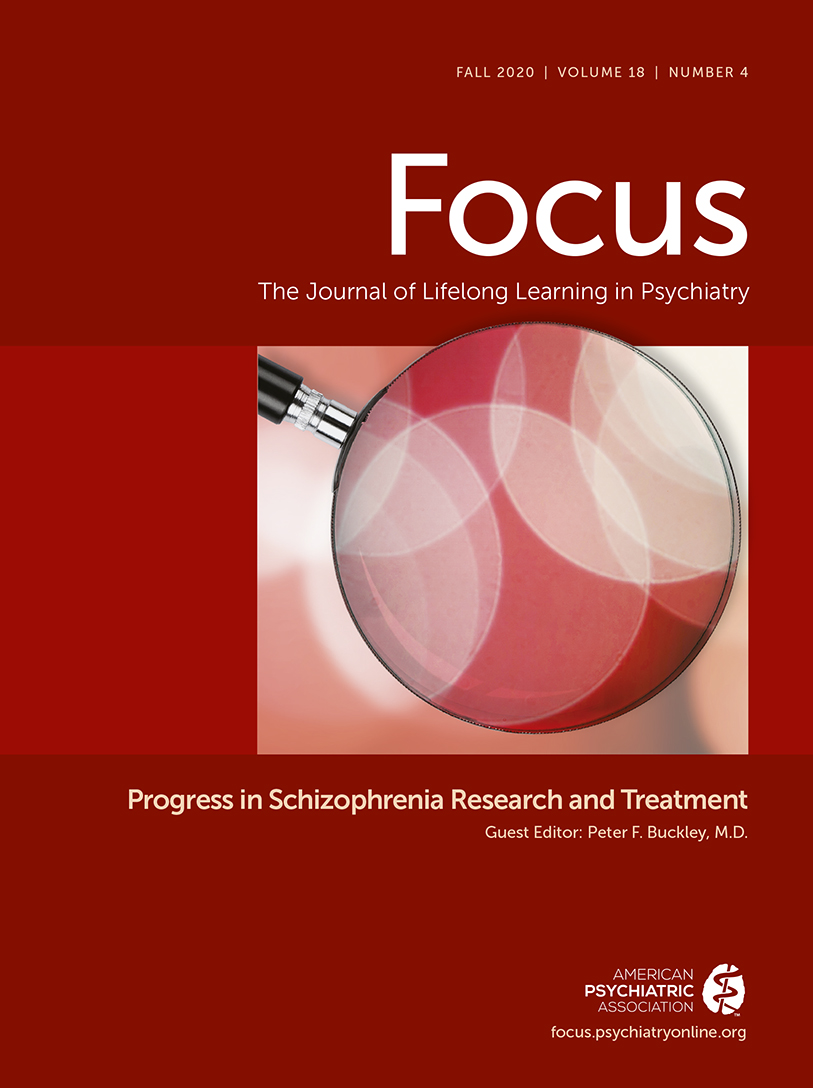Treatment-Resistant Schizophrenia
Abstract
Although, gratifyingly, research on the treatment of schizophrenia has increasingly focused on first-episode and prodromal patient populations, it is still recognized that many patients with more chronic illnesses exhibit a suboptimal response to treatments. This suboptimal response with continuation of symptoms is represented in the term treatment-resistant schizophrenia (TRS). This article addresses contemporary definitions as well as updated guidelines for patients with TRS.



